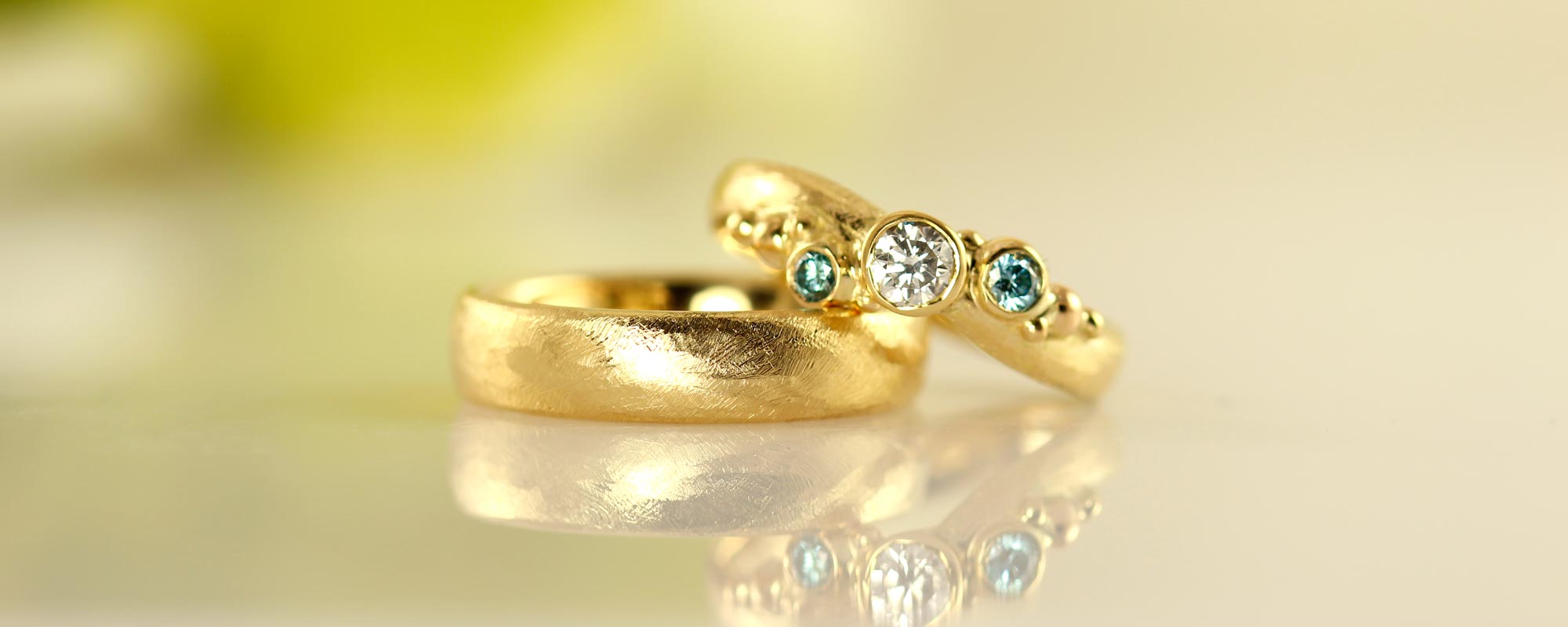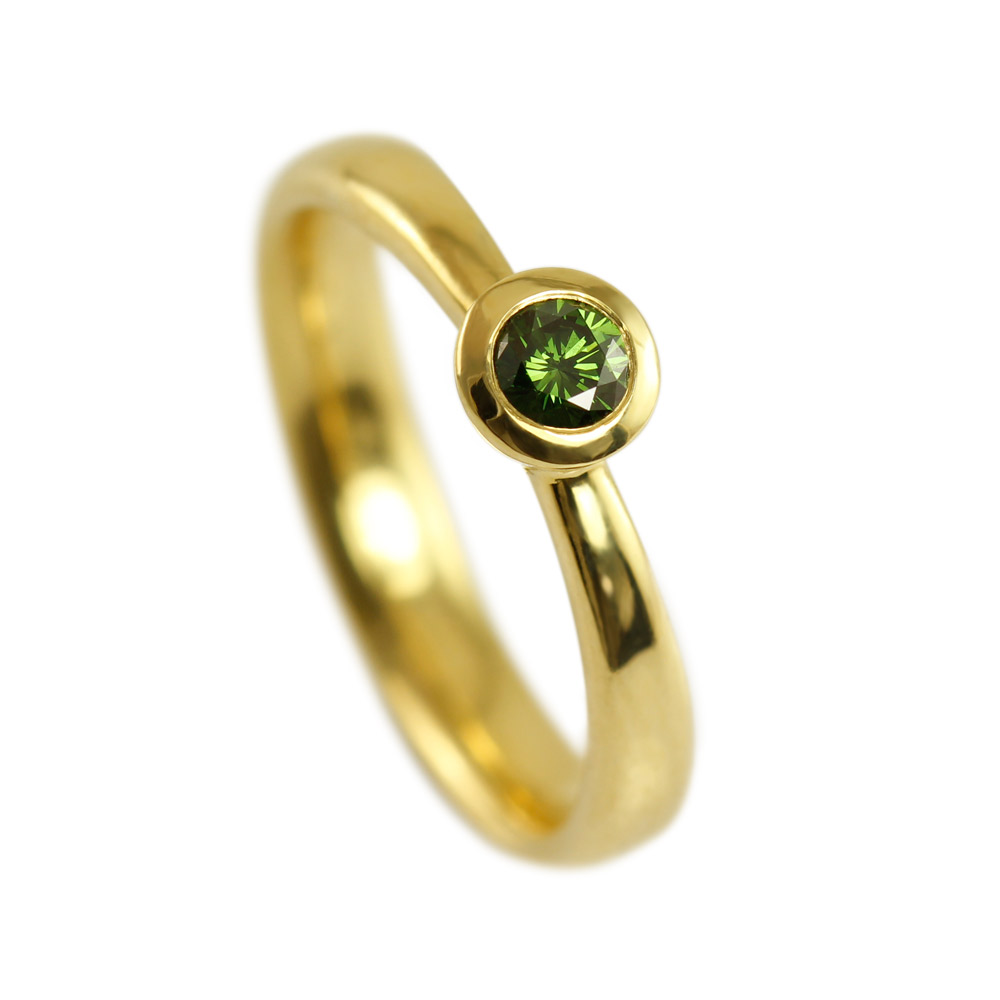Recycling old gold – are you guaranteed your new jewelry is made of YOUR gold?
The price of gold has risen 30% since January, which has inspired many to save money by having new jewelry made from old gold – especially wedding rings. The cost of such a process varies wildly and there is a good reason for this: The 2 different ways of working with the gold. One of the ways rises the question: Can you be sure that YOUR gold has been used for your new piece of jewelry?
In this article I will show you how your gold can be turned into new jewelry, enabling you to make an informed choice: Is the lowest possible cost most important? Or the fact that your new piece is made of (only) your own gold with sentimental value? I am using wedding rings as an example, but obviously these processes go for any sort of jewelry.
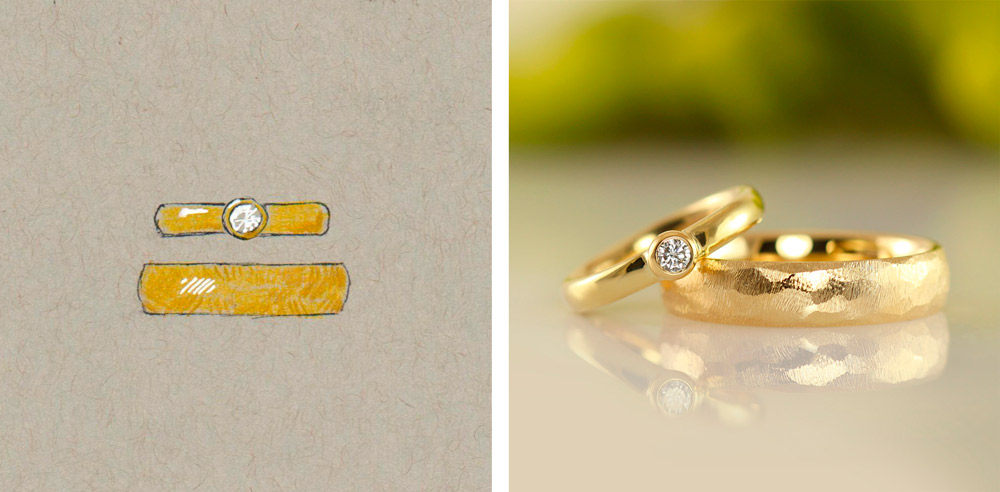
You have found the love of your life, you want to marry and therefore you are in need of a set of wedding rings. You consider using some old gold to save money. Pieces which you no longer wear or, even better, gold jewelry inherited from beloved and perhaps passed family members, which provides sentimental value. If this gold comes from both families, there is an added bonus because your families this way literally will be fused together. After having collected the gold you are willing to use, you start searching for a jeweller who can create the rings of your dreams and this is when it starts getting confusing:
Some jewellers only charge for the hours used – in some cases a very low fee. Some even let you pay these hours with the value of the gold (if there is enough). Others (including yours truly) calculate differently: The value of the gold is subtracted from the final price of the rings, but you still have to pay part of the price with actual money. Many choose the cheapest possible solution – because being frugal is never a bad thing, right?
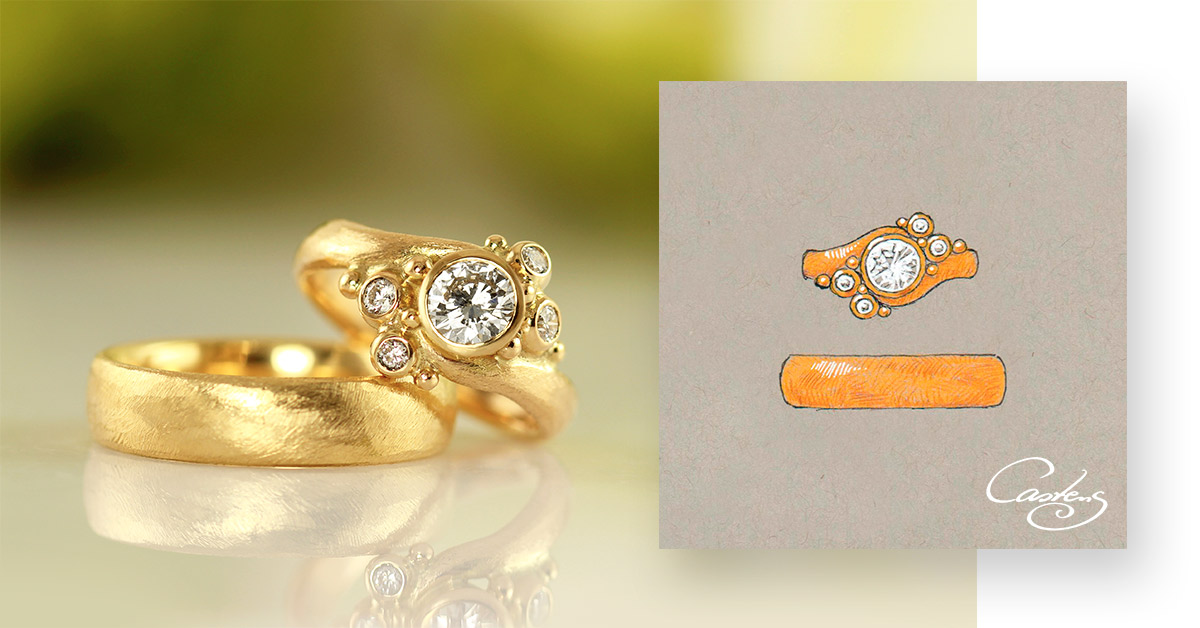
However, have you considered, how come your “custom” rings of your own gold can be that much cheaper? You know there is no such thing as a free lunch, so what gives?
In order to answer that, I would like to introduce you to the two main ways of creating jewelry: HANDCRAFTING working with the actual metal and WAX CASTING. The latter can be a much cheaper option but has its drawbacks when it comes to the recycling of your old gold. More on that later.
Handcrafting
When using old gold to create wedding rings, or any piece of Jewellery for that matter, the first task is to dissemble the old jewelry.
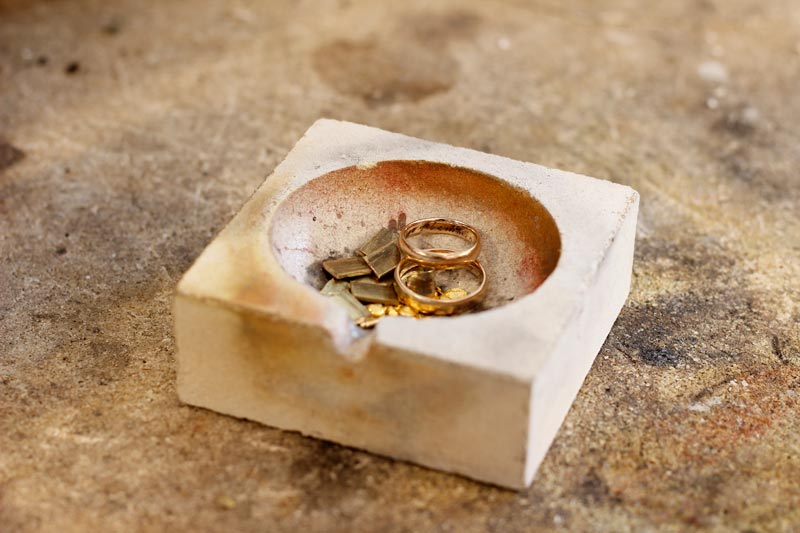
Gems are to be taken out (that takes quite a while if there are many small ones) and more gold possibly added, if there isn’t enough. If you bring for instance 14k gold but would like the warmer and more yellow 18k, we elevate the alloy by adding 24 karat fine gold to the mix. Also, we always add a tiny amount of fine gold in order to be be sure that the alloy stamp we use on the finished piece is correct. Then the gold is molten and cast into a rod.
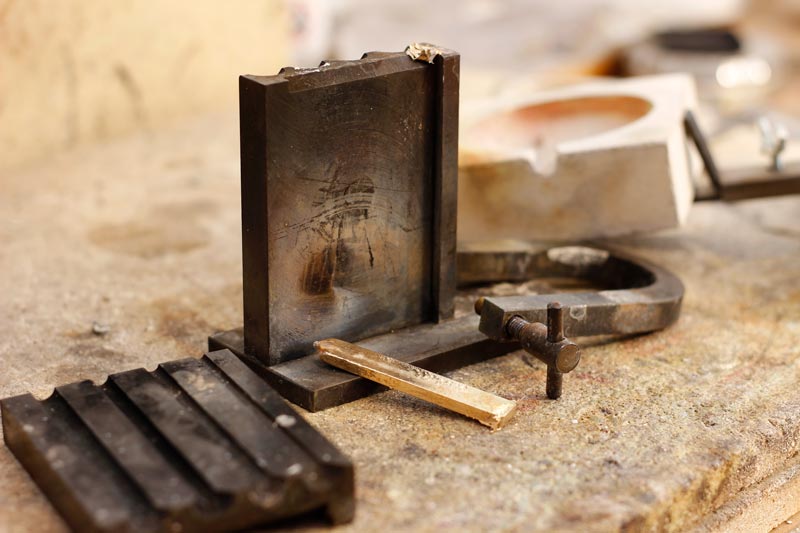
The gold rod is milled to the right dimensions and cut into the correct length before it is shaped into a ring and soldered.
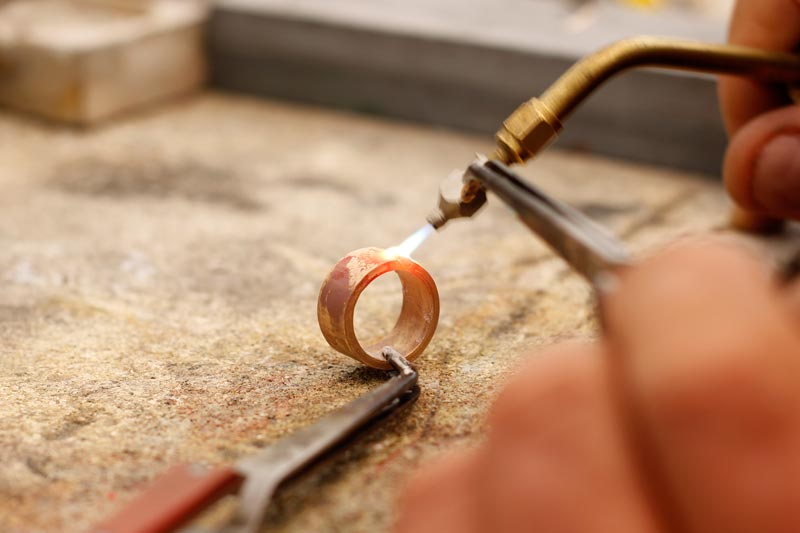
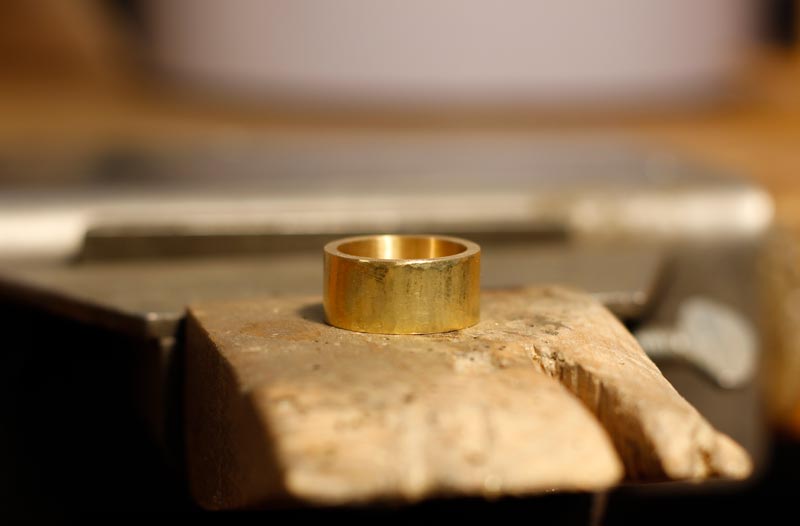
Afterwards the rings are filed into shape and receive their finish – perhaps a special surface treatment and a polish on the inside.
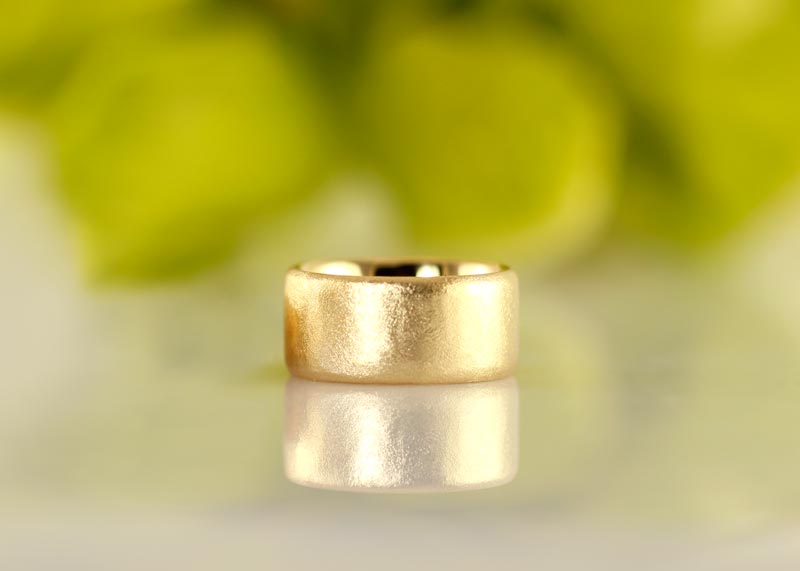
This is of cause for the simplest possible rings. Many, MANY other variations can be done with settings, gems and decorations. OR the rings are shaped completely differently, by milling, filing, bending and soldering. All within the craft of a talented jeweller, before precious gems are set – perhaps from the old Jewellery, carrying on the sentimental value, or sourced from reliable suppliers. The result is a set of 100% unique wedding rings made from YOUR old gold.
Lost Wax Casting
Casting has many benefits, none the least the possibility of mass production and creating certain 3-dimensional shapes, which are almost impossible by working the metal directly. Here are the basics of the process:
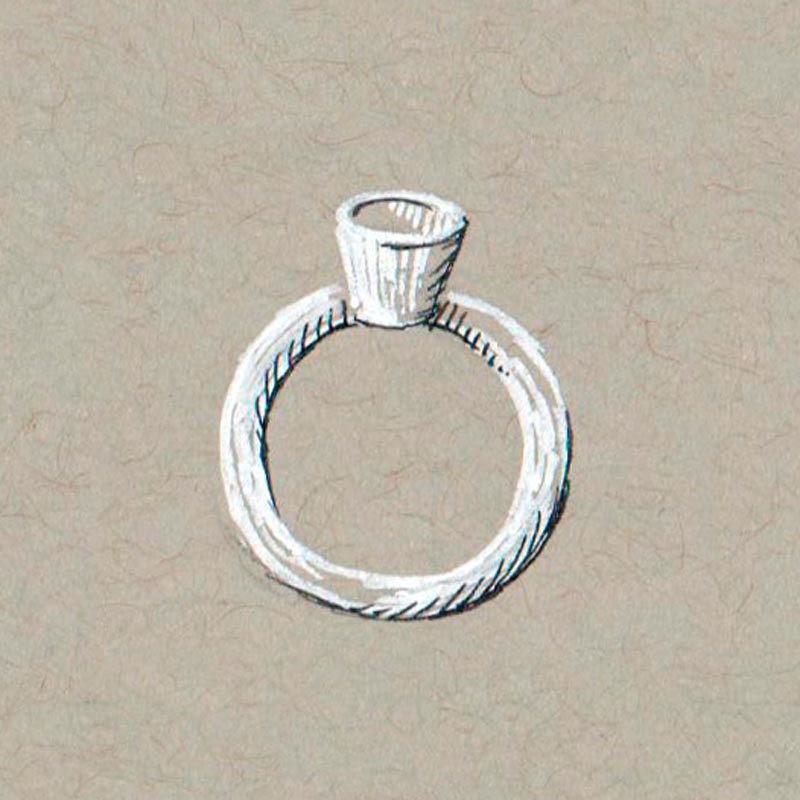
A ring is made of wax. Either by carving it by hand (which easily takes several hours) or designed on the computer. If it’s a basic shape which the jeweller already has at hand because he has created the same design for many others previously, this can take mere minutes whereafter it is 3D printed. Doing this of cause requires having both the software, IT knowledge and hardware. Many jewellers ask subcontractors to do this for them, while a few have invested heavily into having these options inhouse.
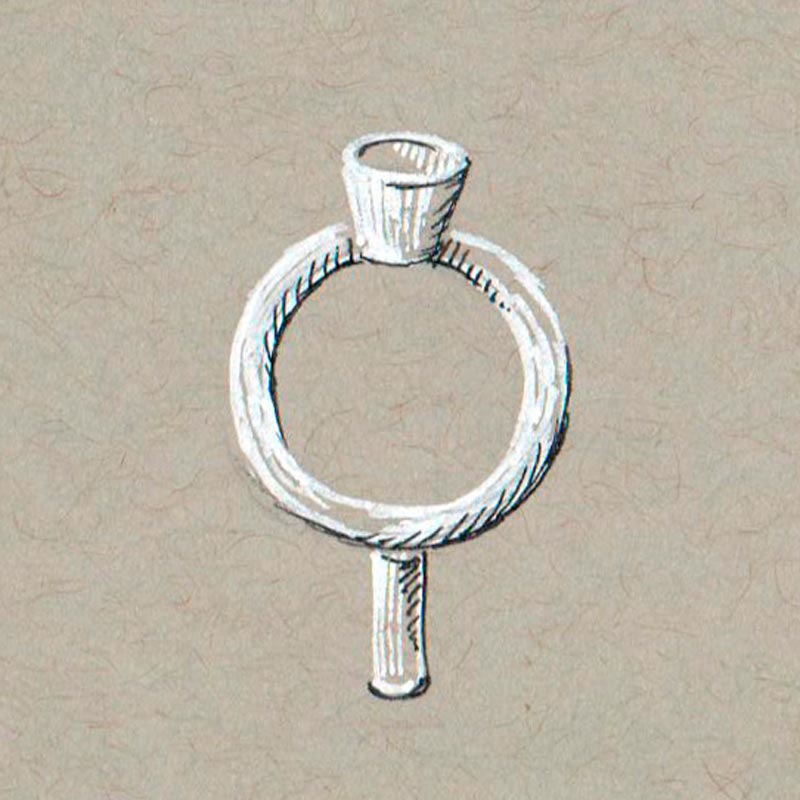
The ring is mounted on a sprue of wax and placed inside an iron tube – a “flask”
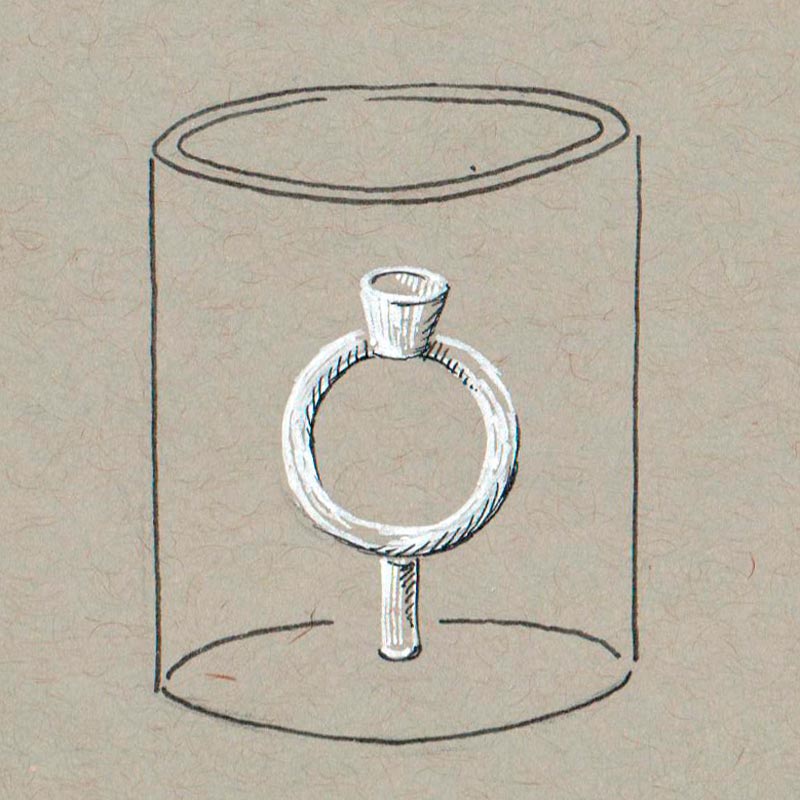
The flask is filled with plaster
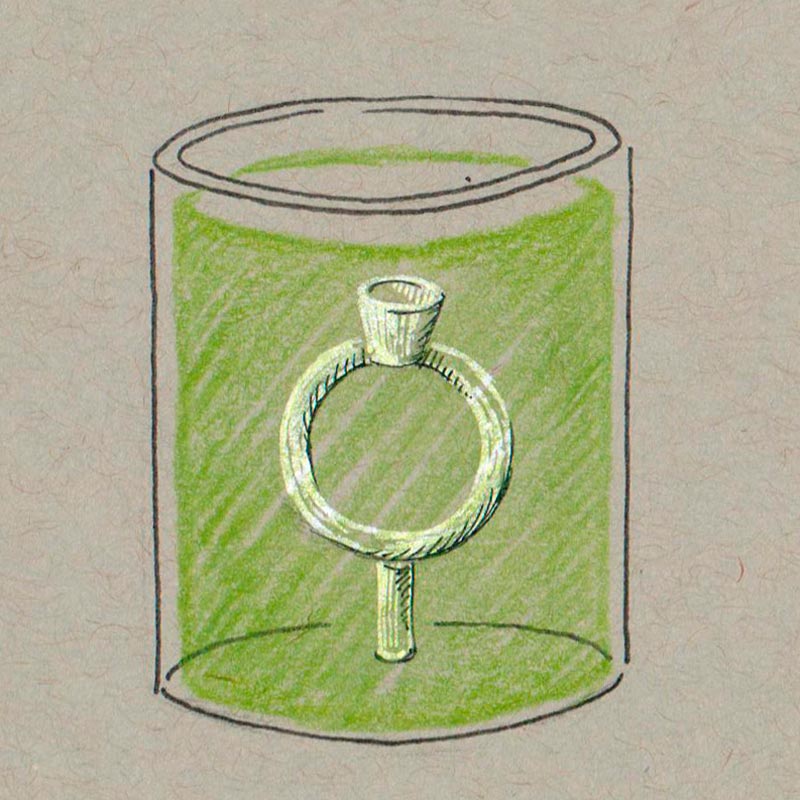
After hardening, the flask is placed into an oven overnight, which liquifies the wax and leaves a cavity in the plaster
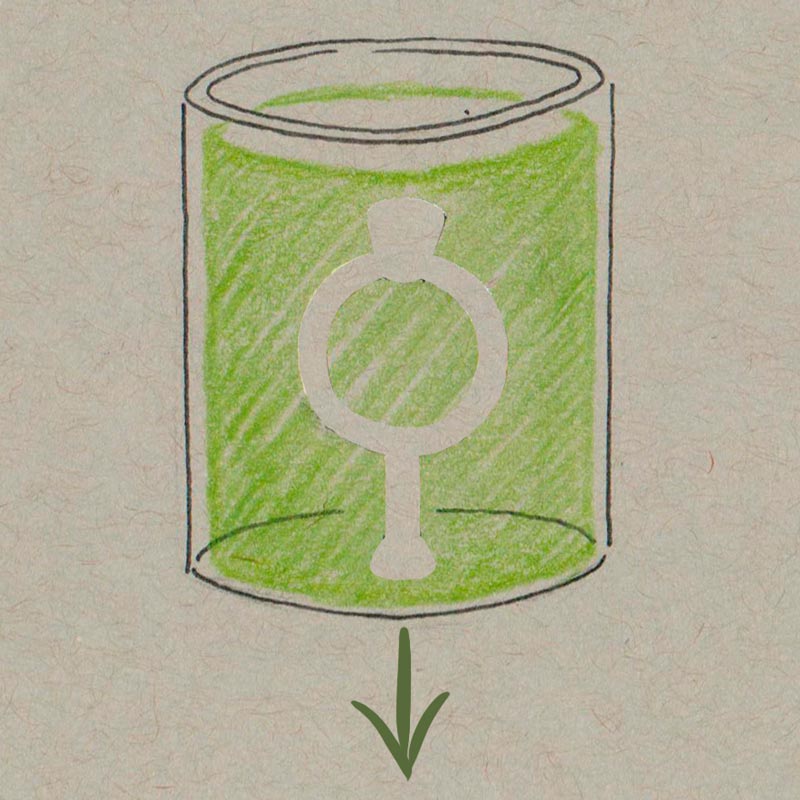
The extremely hot flask is then placed in a gravity- or vacuum casting device and here liquid gold is pushed into the mold
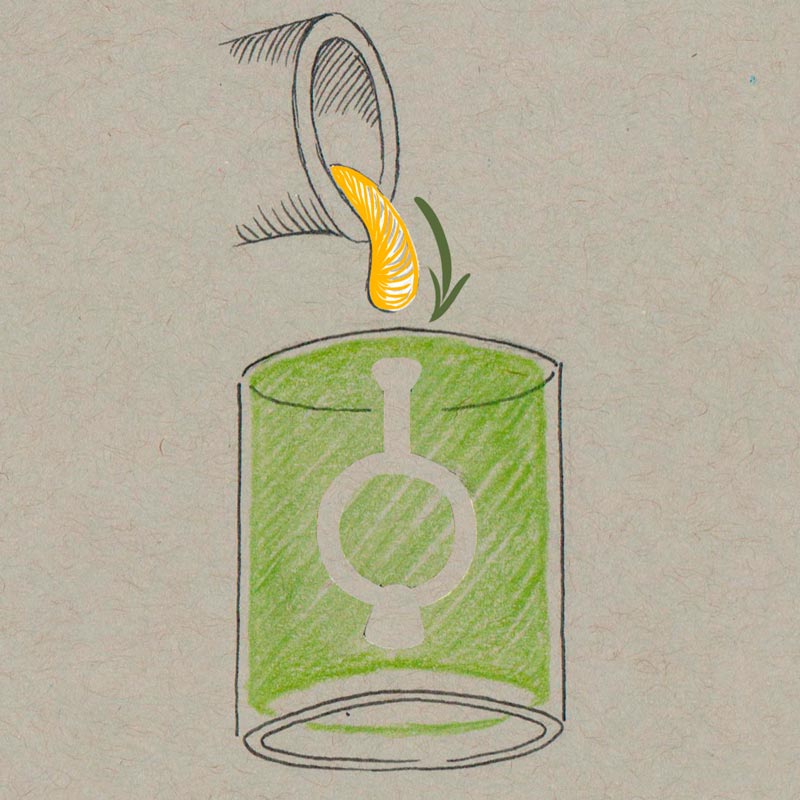
The flask is thrown into water which dissolves the plaster, leaving the ring - now made of gold. After polish and setting, the ring is done.
Of cause this process takes a while and consumes a lot of energy, wax and plaster for just ONE piece of Jewellery, but if you cast many at a time, the cost for the individual ring is a LOT lower. And this is where the secret of the much cheaper price of the wedding rings is to be found: When casting 10 or 20 sets of wedding bands at a time, mixing ALL the old gold from each of the couples together, it can be done at a much lower price point. BUT… only a fraction of your rings comes from your own old gold. You could say, that you become one big, happy family together with all the other couples, who have also had their rings cast in the same batch.
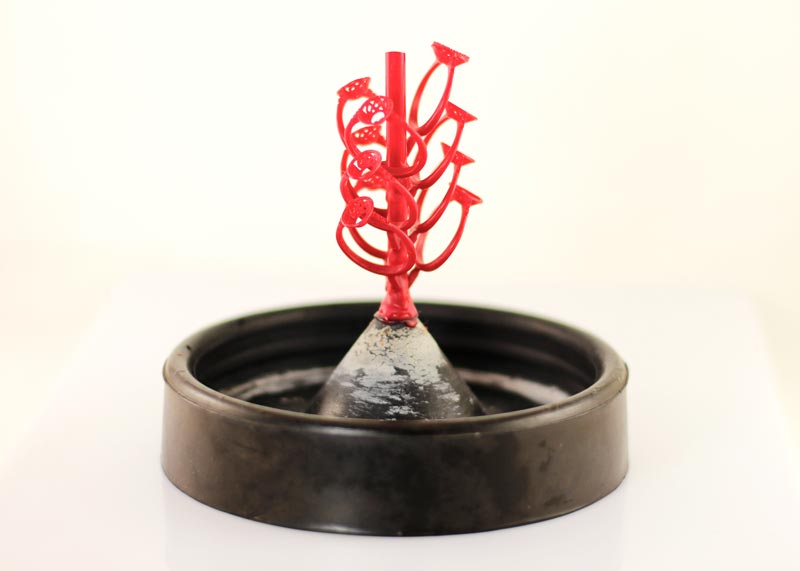
But what if the rings were to be cast alone? In one single flask? Well, for one they would cost more, because the mass-advantage is gone and secondly it will still be “diluted” with other gold. The reason is gravity: When doing a lost wax casting, an additional 20 grams are always needed in order to have enough weight to push the liquid gold into the cavity of the plaster. And so: Unless you have at least a surplus of 20 grams, your new rings will still only in part be made of your own old gold.
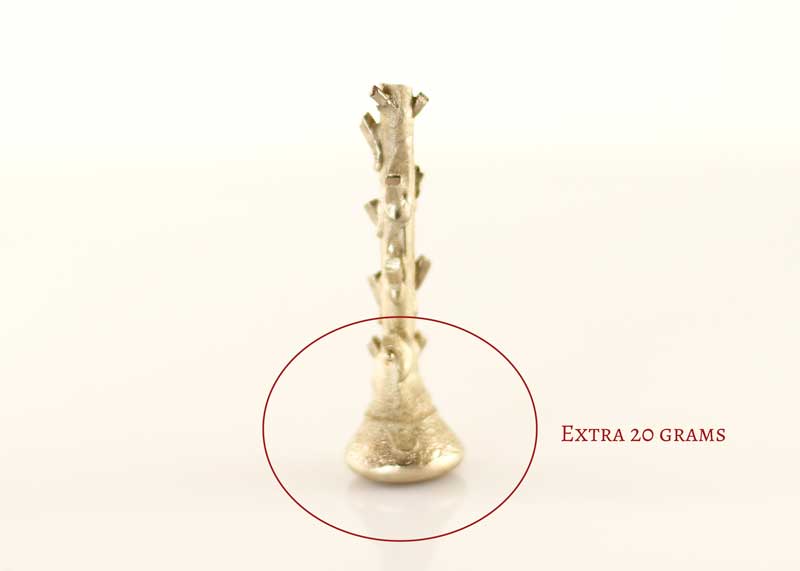
Recycling gold at Castens
In my small workshop I work very closely with my clients in order to create their bespoke rings. After the design meeting I outsource 3D design, printing and casting while doing handcrafted pieces in my own workshop. This way I can work with all techniques. If the design you want can only be created by casting, I will do so using my own gold, but then perhaps add details such as settings and bubbles made of YOUR own gold, enabling you to precisely pinpoint what is what. I happily rebuild or recycle the old gold of my customers when creating jewelry by hand, but as a general rule I do not cast their gold straight into a finished piece due to the above reasons.
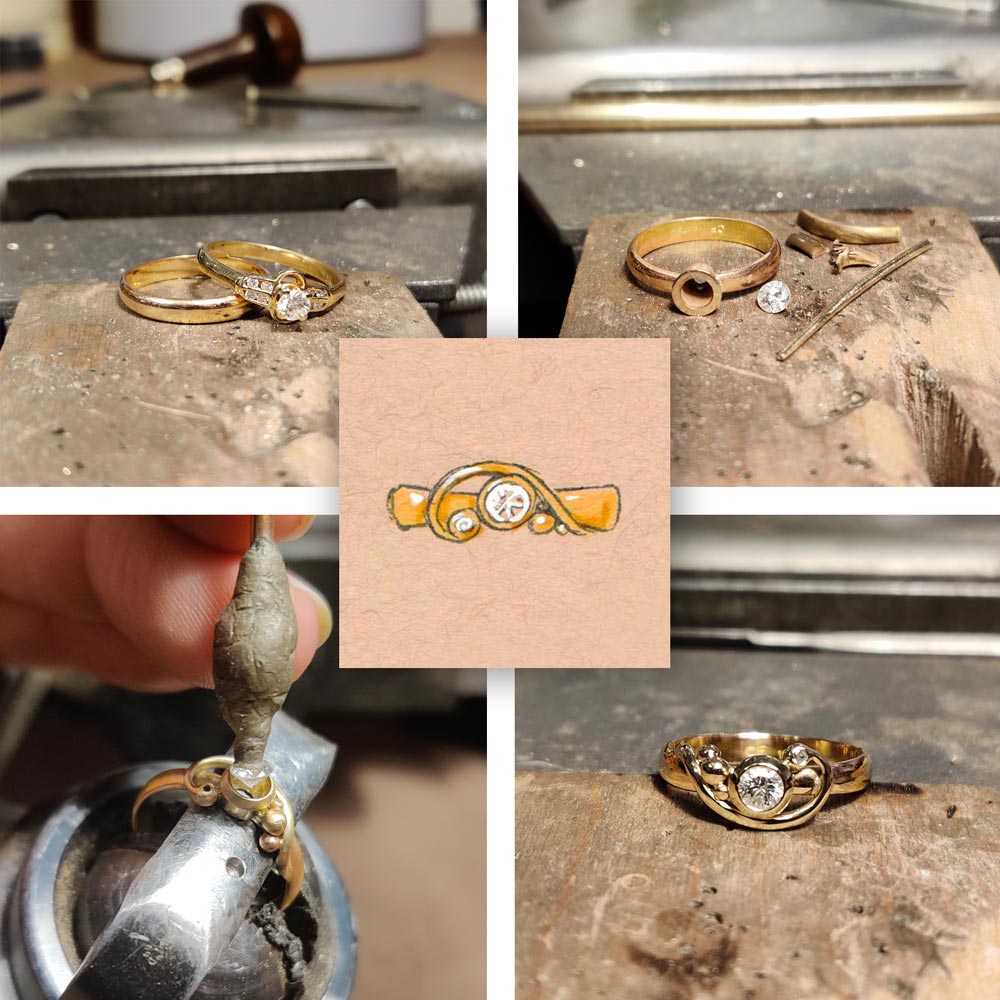
You are always welcome to pay up to 50% of whatever your rings will cost with the worth of your gold, no matter if I recycle this into your personal rings or the gold is just a financial help towards getting the rings of your dreams (based on the daily price at nyfortuna.dk). Why not 100% you ask? Because any leftover gold, which might have been part of the transaction, is handed in for recycling once a year. But since my company is just small and independent, I need a steady cash flow to pay for things like rent during that year. My landlord is so stingy: They won’t take gold ;-)
I during the years have created a lot of bespoke jewelry from my customers own gold and gems and it is always an honor to be commissioned with such a task – especially considering the vast sentimental value such old gold can hold. Thank you for your trust!

 RSS Feed
RSS Feed
